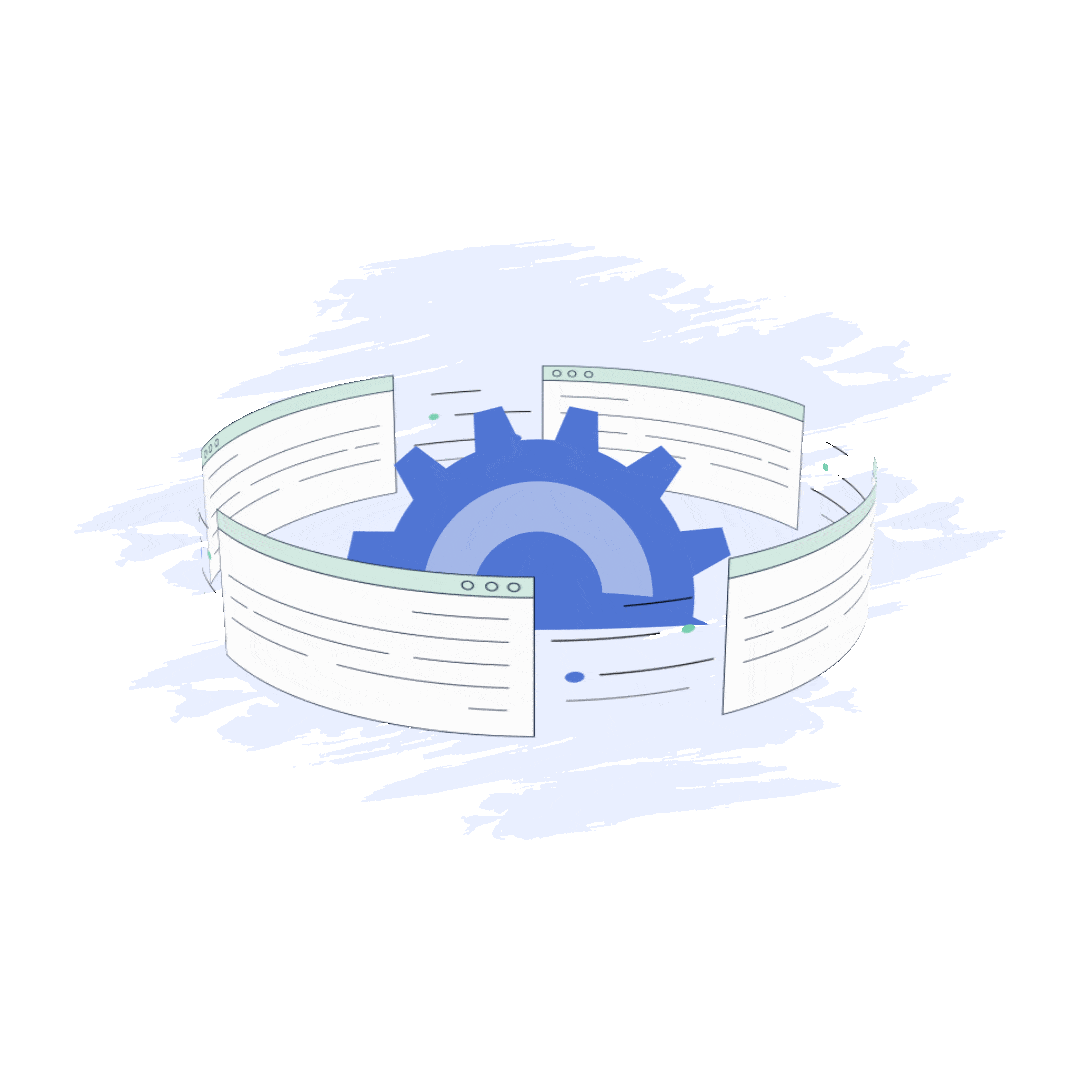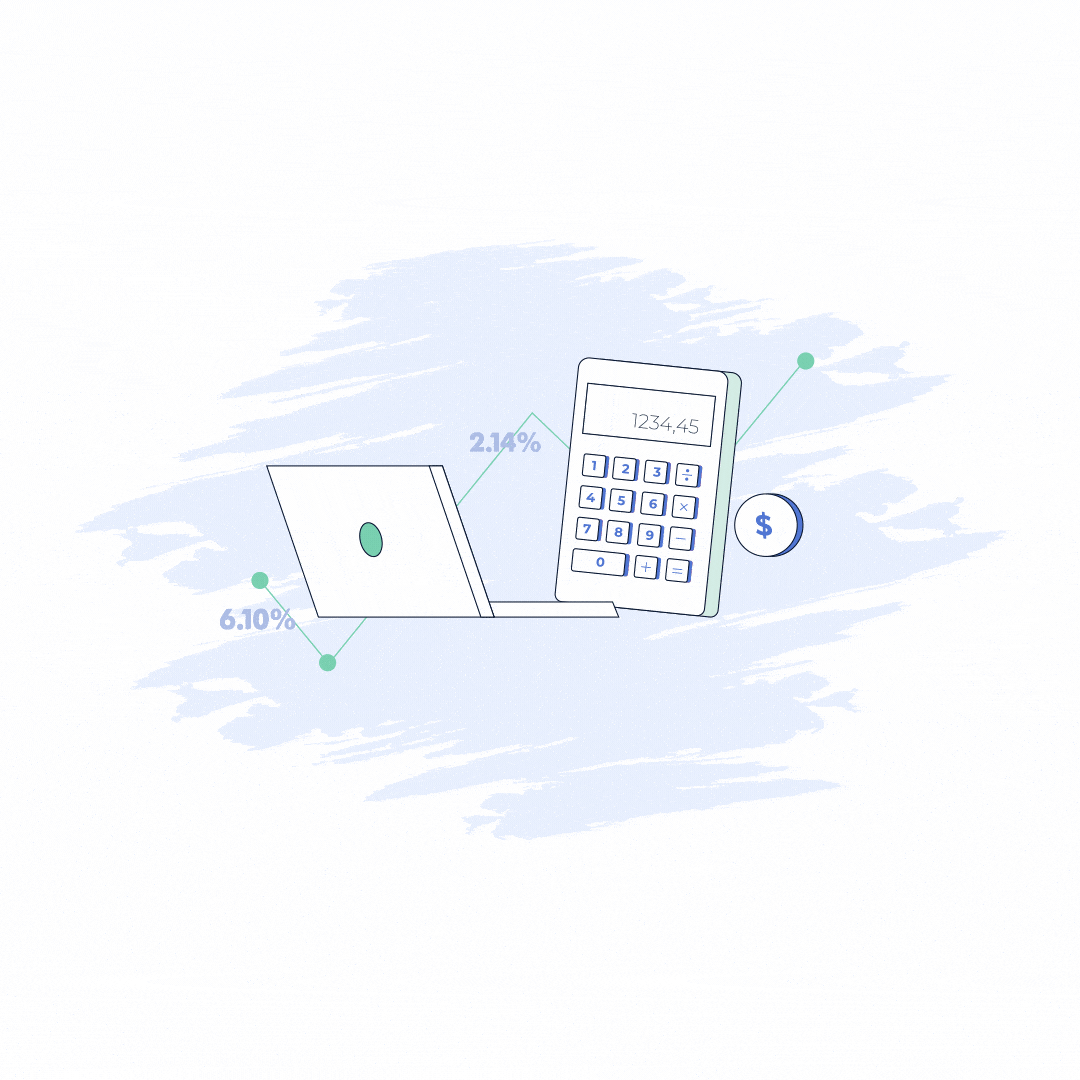Why Zamp?
Combining technology and help from sales tax experts is a game changer.
We do the heavy lifting, so you don’t have to.

Fully Managed Solution
Stressing over sales tax is a thing of the past. All you do is click approve, and we handle the rest. You'll always be up-to-date and sales tax compliant.

Developer Friendly Sales Tax API
Connect your existing e-commerce, marketplace & ERP systems within minutes, and use Zamp’s API for roof-top accurate sales tax calculations.

One Price
One simple price that scales with your business. No overages, no hidden fees, no surprises.
Sales Tax Software for Accountants
- Understanding Sales Tax and Its Challenges for Accountants
- The Role of Sales Tax Software in Modern Accounting
- Key Features of Sales Tax Software for Accountants
- Evaluating and Choosing the Right Sales Tax Software
- Implementing Sales Tax Software in Accounting Workflows
- Case Studies and Success Stories
- Future Outlook of Sales Tax Software in Accounting
- Sales Tax Software for Accountants FAQ
As an accountant, your role in managing financial affairs is critical to the success of any business. One aspect that demands meticulous attention is the management of sales tax. It's not just about staying compliant; it's about understanding the financial sector and helping businesses navigate the complexities of taxation.
Adopting sales tax software for accountants will help to streamline processes, ensure accuracy, and potentially save countless hours of manual work. This could be the turning point in your practice, offering a strategic advantage in a competitive market.
The best part? Sales tax software is easy to use and has a straightforward interface that makes sales tax management a breeze.
Understanding Sales Tax and Its Challenges for Accountants
Sales tax is a consumption tax imposed by the government on the sale of goods and services. When a customer purchases a product or service, a certain percentage of the sale price is added as sales tax, which the seller collects and then remits to the government.
In accounting, sales tax directly affects the revenue of a business as well as compliance with tax regulations. Accountants must meticulously record and manage sales tax to ensure accurate financial reporting and adherence to legal obligations.
Common Challenges Faced by Accountants in Sales Tax Management
Keeping Up with Changing Tax Laws and Rates
One of the primary challenges in managing sales tax is the constant evolution of tax laws and rates. Governments frequently adjust sales tax rates and regulations to meet economic needs, making it difficult for accountants to stay current. This continuous change requires accountants to be vigilant and proactive in updating their knowledge and accounting systems to ensure compliance.
Managing Sales Tax Across Different Jurisdictions
If your business operates in multiple jurisdictions, managing sales tax becomes exponentially more complicated. Each state, county, or city may have its own set of sales tax rates and regulations. Accountants must navigate this complex landscape to correctly calculate and apply the appropriate sales tax for each transaction, depending on where the product or service is sold or consumed.
Ensuring Accuracy in Sales Tax Calculations and Filings
Accuracy in sales tax calculations and filings is paramount for accountants. Any discrepancies or errors can lead to significant financial penalties and legal issues for the business. Accountants must ensure that all taxable transactions are accurately recorded, the correct amount of sales tax is collected from customers, and the appropriate tax amount is remitted to the government on time. This requires a meticulous approach and often, the use of sophisticated accounting software to minimize the risk of errors.
The Role of Sales Tax Software in Modern Accounting
Sales tax software is a specialized tool designed to automate and simplify the process of calculating, reporting, and filing sales tax. At its core, it's a system that integrates seamlessly with your accounting software, using advanced algorithms to apply the correct tax rates and rules across various jurisdictions. The goal is to minimize the risk of error and maximize efficiency in sales tax management.
How Sales Tax Software Integrates With Existing Accounting Systems
Integration is a critical factor when it comes to sales tax software. The best solutions are those that can smoothly synchronize with your existing accounting systems, ensuring that data flows seamlessly between them. This harmonization is crucial for maintaining data integrity and reducing the need for manual data entry, which can be both time-intensive and error-prone.
Benefits of Using Sales Tax Software for CPAs and Accounting Professionals
Time-saving Through Automation
Automated sales tax solutions can be a game-changer. By streamlining the calculation, collection, and remittance processes, the software can save you significant time. Automation also reduces the tedium of repetitive tasks, allowing you to allocate your time to more valuable activities.
Improved Accuracy and Compliance
With the precision of sales tax software, the margin for error narrows considerably. The software's meticulous attention to detail ensures that every transaction is taxed correctly, enhancing your compliance posture. This level of accuracy is a safeguard against costly mistakes, providing peace of mind for both you and your clients.
Streamlined Reporting and Analytics Capabilities
Beyond calculation and compliance, sales tax software often comes with robust reporting and analytics features. These tools can help you gain deeper insights into sales tax liabilities and trends, enabling informed decision-making. The ability to generate comprehensive reports swiftly is invaluable when it comes to sales tax audit preparation and financial analysis.
Key Features of Sales Tax Software for Accountants
Sales tax software has become an indispensable tool for accountants, simplifying the complexities of tax compliance and management. The right sales tax software can transform the way accountants handle sales tax, making the process more efficient and reducing the risk of errors. Here is a detailed overview of essential features to look for in sales tax software.
Automated Tax Rate Determination
One of the core functionalities of sales tax software is the automation of tax rate determination, a feature that allows the software to automatically identify and apply the correct sales tax rate for each transaction based on geolocation.
It takes into account the product or service being sold, the location of the sale, and the applicable tax laws and rates for that jurisdiction. This automation greatly reduces the manual effort required to research and apply the correct sales tax rates, ensuring accuracy and efficiency.
Multi-Jurisdictional Tax Compliance
If your business operates across different states or countries, multi-jurisdictional tax compliance is a critical feature. Sales tax software that supports this feature can manage and comply with the varying sales tax laws and rates across multiple jurisdictions. It ensures that you can seamlessly handle sales tax calculations, collections, and filings for transactions occurring in different geographic locations, thereby maintaining compliance with all relevant tax authorities.
Real-Time Tax Calculation and Reporting
Real-time tax calculation and reporting is another key feature of sales tax software. This capability enables the software to calculate the sales tax due at the moment of transaction, ensuring that the correct amount of tax is collected from the customer.
Additionally, real-time reporting allows for the generation of accurate and timely tax reports, which are essential for filing returns and maintaining compliance. This immediate access to tax data and analytics also aids in strategic decision-making.
Integration with Accounting and E-Commerce Platforms
Integration capabilities significantly enhance the utility of sales tax software. The best sales tax solutions offer seamless integration with popular accounting software and e-commerce platforms.
Zamp's integration capabilities mean that you can easily connect the software with the systems you're already using, such as popular accounting packages and e-commerce platforms. This integration streamlines your workflow, allowing for the automatic transfer of sales data into the tax software, which then accurately calculates and records the sales tax. This not only saves time but also ensures that your sales tax records are always accurate and up-to-date.
Book a call today
We'll answer all of your sales tax questions & address any of your concerns to ensure that you never have to worry about sales tax again-
1Book a free 30 minute call
-
2Meet with one of our experts
-
3Get sales tax off your plate
Evaluating and Choosing the Right Sales Tax Software
User-friendliness and Support
User-friendliness is a critical factor in the selection process. You want software that's intuitive and easy to navigate, minimizing the learning curve. Equally important is the level of support provided by the software vendor. For example, can you hop on a quick phone call if any questions come up?
In the event of issues or queries, responsive and knowledgeable support can make a world of difference.
Customization and Scalability
The ability to customize the software to your specific needs is another important consideration. You need a solution that can adapt to your workflows, not the other way around.
Scalability is also key. As your practice grows, the software should be capable of handling an increased workload without compromising performance.
Security and Reliability
In a world where data breaches are a constant threat, the security of your sales tax software is paramount. You need robust security measures in place to protect sensitive financial information. The software should also be a dependable tool that's available whenever you need it.
Tips on Comparing and Shortlisting Software Options
When comparing and shortlisting software options, you need to start by clearly defining your needs and priorities. Consider factors such as the software's functionality, ease of use, compatibility with your existing systems, and the quality of customer support offered. It's also important to think about the software's scalability and how well it can help your small business with sales tax compliance as it grows.
Implementing Sales Tax Software in Accounting Workflows
Integrating sales tax software into your accounting practices requires a strategic approach. Start by mapping out your current workflows and identifying areas where the software can make the most impact. Then, plan the integration in stages, ensuring that each phase is thoroughly tested before moving on to the next.
Training is an essential part of the implementation process. Invest time in learning the ins and outs of the software, and if possible, arrange for training sessions for any team members who will be using the tool. Adapting to new software also involves a mindset shift; so be open to new ways of working and be patient as you make the transition.
Lastly, implementation challenges are inevitable, but they can be mitigated with proper planning. Common issues include data migration, system compatibility, and user resistance. Address these challenges head-on by allocating resources, seeking expert advice, and fostering a culture of change within your organization.
Case Studies and Success Stories
Glamnetic + INH Use Zamp to Manage Sales Tax in 40 States, and Counting
Fast-growing beauty brands Glamnetic and INH faced challenges with complex sales tax requirements amidst rapid expansion during the 2020 pandemic.
Despite initial struggles with clarity and support from their initial sales tax provider, they found a solution in Zamp. Zamp offered a transparent, hands-off process for managing sales tax, direct access to sales tax experts, and an easy onboarding process.
The result was a significant reduction in the time spent on sales tax, from over 10 hours monthly to virtually none, allowing both Glamnetic and INH to focus on business growth. Over three months, Zamp completed 118 total filings across multiple states, enhancing efficiency and communication. Read the case study here.
Solace Bands Spends 2 Minutes Per Month on Sales Tax With Zamp
Solace Bands experienced rapid growth and increasing sales tax complexities, prompting the search for an effective compliance solution. Zamp delivered a fully hands-off, white-glove service that drastically reduced the time Solace Bands spent on sales tax matters to about 2 minutes per month.
Key benefits included ease of working with Zamp's experienced customer support, a quick and straightforward implementation process, and comprehensive management of sales tax filings and registrations across multiple states.
As a result, Zamp successfully alleviated the sales tax burden for Solace Bands, allowing the team to focus on expanding their smartwatch accessories business. Read the case study here.
Future Outlook of Sales Tax Software in Accounting
The future of sales tax software for accountants is intertwined with advancements in technology. Artificial intelligence and machine learning are poised to further enhance the capabilities of these tools, promising even greater accuracy and efficiency. Staying informed about these developments is crucial for maintaining a competitive edge.
As you look to the future, it's important to not only keep an eye on emerging technologies but also anticipate changes in tax legislation and business practices. Staying ahead in the field may involve continuous learning, networking with peers, and being proactive in adopting new solutions that can benefit your practice.
If you're ready to transform your sales tax management process and take advantage of the benefits that sales tax software has to offer, don't hesitate to reach out. Our team is ready to assist you in finding the perfect solution to meet your accounting needs. Let us help you streamline your workflows, ensure compliance, and save time and money. Contact us today!
Sales Tax Software for Accountants FAQ
Sales tax software assists accountants by automating the calculation, collection, and remittance of sales tax. It ensures accuracy and compliance by applying the latest tax rates and rules, simplifying the management of tax obligations across multiple jurisdictions.
Key features to consider include automated tax rate determination, multi-jurisdictional compliance, real-time calculation and reporting, and integration capabilities. Security, reliability, user-friendliness, and support are also essential factors.
Yes, there are sales tax software solutions designed to cater to industry-specific needs. Zamp offers specialized features and integrations that address the unique tax challenges of certain sectors like accounting and e-commerce.
Sales tax software can integrate with existing accounting software through APIs or built-in connectors. This integration allows for the seamless transfer of data, ensuring consistency and reducing the need for manual input.
The potential cost savings can be significant, stemming from reduced labor costs, minimized errors and associated penalties, and more efficient use of resources. Additionally, the insights provided by the software can inform strategic financial decisions.
- Understanding Sales Tax and Its Challenges for Accountants
- The Role of Sales Tax Software in Modern Accounting
- Key Features of Sales Tax Software for Accountants
- Evaluating and Choosing the Right Sales Tax Software
- Implementing Sales Tax Software in Accounting Workflows
- Case Studies and Success Stories
- Future Outlook of Sales Tax Software in Accounting
- Sales Tax Software for Accountants FAQ
Book a call today
We'll answer all of your sales tax questions & address any of your concerns to ensure that you never have to worry about sales tax again-
1Book a free 30 minute call
-
2Meet with one of our experts
-
3Get sales tax off your plate


